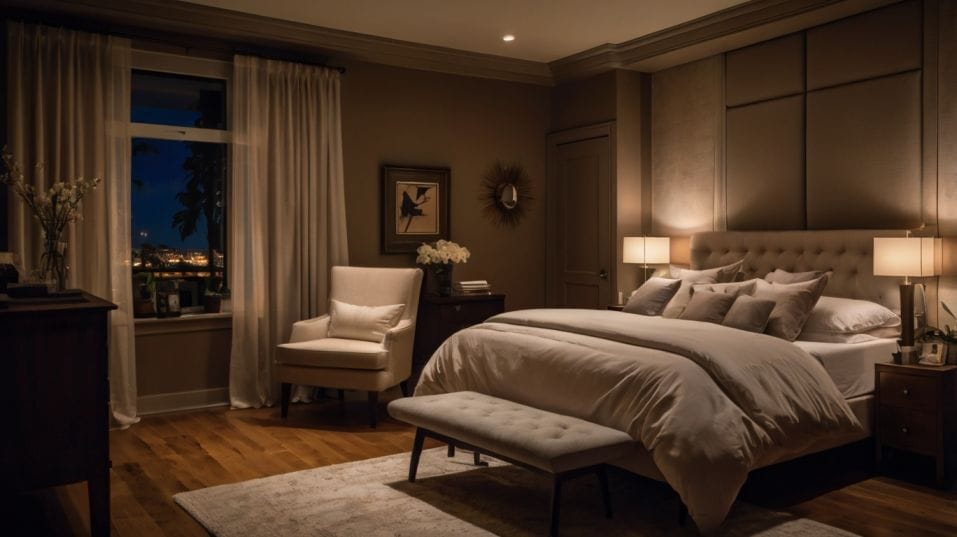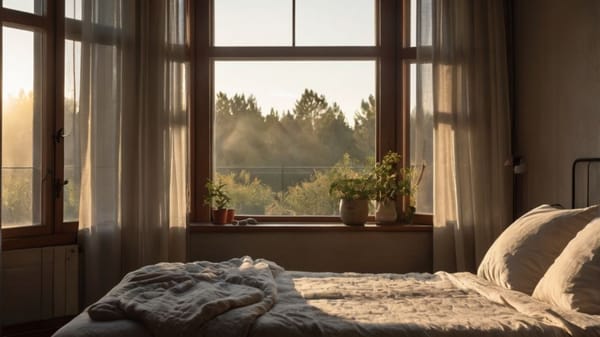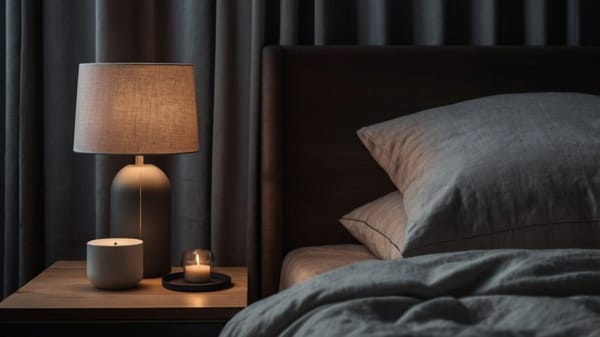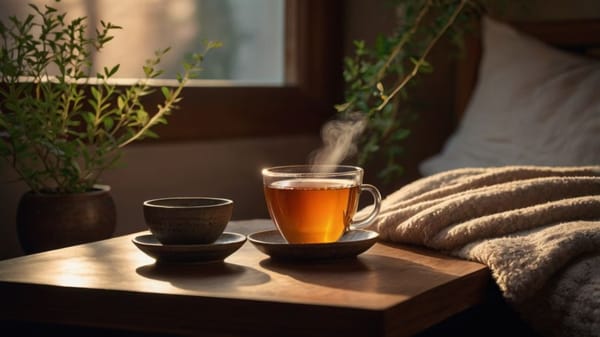How Blue Light Filter Apps Work (and When to Use Them)
Boost sleep quality with one easy screen tweak. Learn how blue light filter apps help your brain wind down naturally—starting tonight.

What if one tiny tweak to your screen habits could help you fall asleep faster and wake up clearer—without giving up your favorite shows or late-night scrolling?
If you’ve already cut caffeine and tried wind-down rituals but still feel wired at night, blue light filter apps might be the missing piece.
They’re subtle but powerful. Here's how they work, when to use them, and why this small change could lead to seriously better sleep.
The Problem with Blue Light
Let’s get one thing clear: blue light isn’t bad. In fact, your body thrives on it—during the day. Blue wavelengths boost alertness, reaction time, and even mood.
The issue? Screens emit those same stimulating wavelengths long after the sun sets, and your brain can't tell the difference between sunlight and that late-night Netflix binge.
Blue light hits your retina and signals the brain to suppress melatonin. That’s the hormone that makes you feel drowsy and tells your internal clock it’s time to wind down.
Without it, your brain keeps humming in “daytime mode” long after you should be drifting off.
This isn't just theory. A study from Harvard Medical School found that blue light exposure before bed can shift circadian rhythms by up to three hours.
That’s like flying from New York to California—every night—without ever leaving your bedroom.

How Blue Light Filter Apps Work
Blue light filter apps fight this disruption by manipulating your screen’s color temperature. During the day, your screen stays cool and bright.
But as evening approaches, the filter kicks in, shifting tones toward warmer reds and ambers. That removes most of the blue wavelengths that interfere with melatonin production.
Here’s the science in plain terms:
- Blue light = wake signals
- Warm light = sleep signals
- Filter = fewer mixed messages for your brain
Built-in and Third-Party Options
The best apps let you customize everything—when the filter activates, how warm the colors get, and whether the transition is gradual or instant.
Some sync automatically to your local sunset, adjusting in real time as seasons change. That means you stay in rhythm with nature, even if you spend most of your evening indoors.
There’s no complex setup. If you’re on an iPhone, use Night Shift (under Display settings). Android? Check out Night Light.
Prefer something with more control? Try f.lux for laptops or Twilight for Android devices. Set it once and forget it. The filter will do the work for you every evening.
When to Turn It On
Here’s the golden rule: blue light filters should kick in two to three hours before your planned bedtime. That’s when your body naturally starts prepping for sleep.
If you wait until you're already in bed, your circadian rhythm’s already delayed. And no, dimming the screen manually doesn’t cut it. Brightness is about intensity; color temperature is what affects melatonin.
Where and When to Use It
So when should you use a blue light filter?
- Evening browsing: Scrolling social or reading news? Filter on.
- Late-night work: Even a warm screen helps reduce sleep disruption.
- Movie nights: It won’t ruin your viewing experience—and your brain will thank you.
- E-book reading: Kindle’s Warm Light setting? That’s the same principle in action.
You don’t need to stop using your devices. Just be smarter about how you use them. The goal isn’t restriction. It’s alignment.
Why This One Habit Works
You’re not just filtering light—you’re reprogramming your body to follow a natural rhythm again. Over time, this has a compound effect.
What You’ll Notice
What you get:
- Faster sleep onset: Your body produces melatonin earlier, helping you fall asleep without tossing and turning.
- Deeper, higher-quality sleep: You spend more time in restorative stages of sleep (the ones that improve memory, recovery, and mood).
- More energy and focus during the day: Consistent circadian alignment improves your daytime cognitive performance. Less fog. More flow.
- Easier mornings: Wake up with fewer snooze-button battles and more natural energy.
The benefits aren’t subtle. Within a week or two of consistent use, you’ll start to notice the difference. Better rest. Smoother days. A clearer head.
And because it’s automatic, there’s no willpower required. It’s the definition of a low-friction upgrade.
Stack the Habit for Even Bigger Wins
Want to make your blue light filter even more effective? Pair it with a few smart bedtime routines:
Add These Upgrades
- Cut screens entirely 30–60 minutes before sleep. Use the filter to wind down, then power off.
- Dim your room lighting around the same time your filter kicks in.
- Use red or amber bulbs in bedside lamps to keep your environment sleep-friendly.
- Avoid caffeine after mid-afternoon to prevent overstimulation that fights against melatonin.
You don’t have to overhaul your lifestyle. Just stack small, science-backed habits. Each one adds to the signal that it’s time for your body to shift into sleep mode.
Final Thoughts
If you're trying to sleep better, think sharper, or feel more energized during the day, blue light filter apps are a no-brainer. They align your tech habits with your biology, helping your brain get the right signals at the right time.
You don’t need a new mattress. You don’t need to quit screens. You just need to start here.
Download a filter app or activate the built-in one on your device. Set your schedule. Let it run. Start tonight. Sleep better. Wake sharper. Own your nights—and your mornings.




